Color Theory
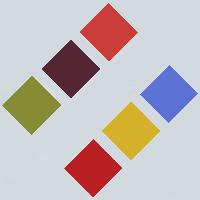
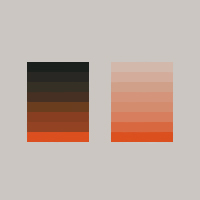
#1 Primary, Secondary
#2-Value or Brightness

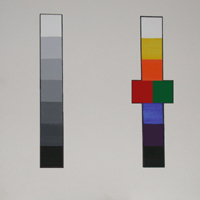
#3-Hues
#4-Comparing Value Scales
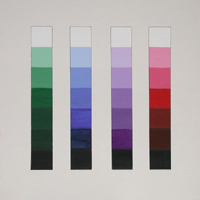
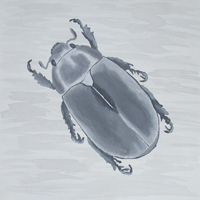
#5-Working Out
Value Scales in Color
Value Scales in Color
Exercise#6
Grayscale:Scarab
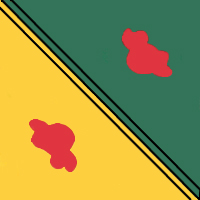
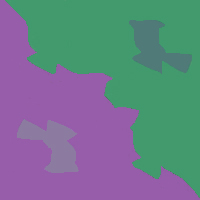
#7-One Color Looking Different
#8-Two Colors
Looking Similar
Looking Similar
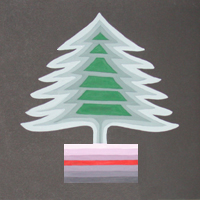

#9-Saturation
#10-Warm, Cool Sensations Generated by Hues
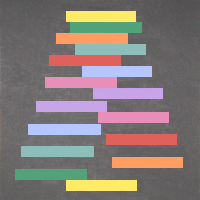
#11-Designs
with
Hue Gradations
Hue Gradations
